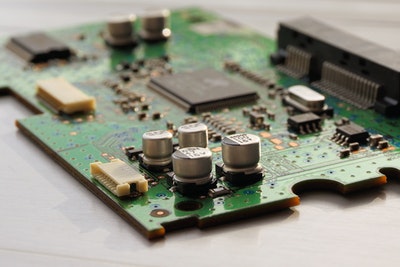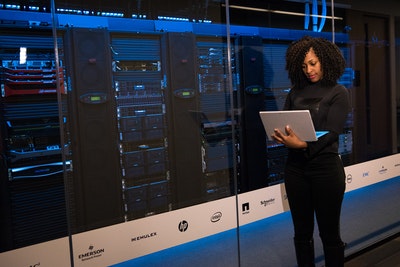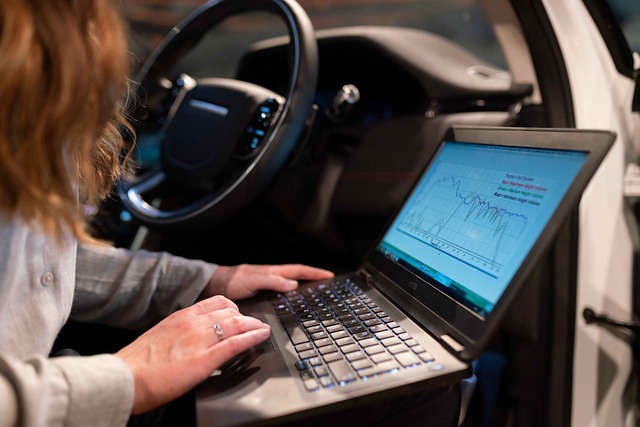Why Self Ordering Systems Are a Must for Multi-Lingual Menus

Walk into any restaurant in a buzzing tourist hub or a multicultural city, and you’ll notice one common challenge – language. From guests hesitating while ordering to servers guessing what was meant, communication gaps can lead to mix-ups, delays, and even unhappy customers.
But what if there was a way to eliminate this confusion and make everyone feel at home, no matter what language they speak? That’s where self-ordering systems step in.
The growing importance of multi-lingual menus
Today’s diners come from all walks of life. Some are tourists trying new cuisines; others are migrants who now call your city home. While food brings people together, language differences can make even simple orders tricky.
A dish may look tempting, but if someone can’t understand the menu, they may play it safe or walk away altogether. Restaurants that cater to this diversity with thoughtfully designed multi-lingual menus open their doors to more people, more orders, and more smiles.
What exactly is a self-ordering system?
If you’ve ever tapped through a menu on a digital screen at a fast food joint or scanned a QR code to order from your table, you’ve used a self-ordering system.
It’s a setup where customers can place orders themselves, using a tablet, touch-screen kiosk, or even their own phone, without needing to speak to a staff member.
A good system lets diners customise their meals, view images, check ingredients, and choose their preferred language. All of this happens smoothly and at their own pace, without feeling rushed or embarrassed.
How multi-lingual self-ordering systems make life easier
Let’s take a closer look at how these systems help, especially when it comes to language accessibility.
1. It makes customers feel seen and understood
Offering a menu in multiple languages shows that you care. It tells your customers, “We’ve thought about your needs.” When diners can view the full menu in their native tongue, they feel more comfortable, more confident, and more likely to explore what you offer.
Self-ordering systems allow diners to simply tap their language of choice at the start. The experience becomes instantly more welcoming, whether it’s Arabic, Mandarin, Spanish, or French.
2. It cuts down on miscommunication
When orders are placed through a self-ordering screen, there’s no risk of misheard requests or confusing translations. Customers choose exactly what they want, how they want it, and confirm everything themselves.
That means fewer mistakes, faster service, and happier staff, too, because they’re no longer stuck trying to decipher unfamiliar words during the lunch rush.
3. It boosts efficiency across the board
With self-ordering systems, queues move quickly. Multiple people can place their orders at once, and kitchen staff get accurate, detailed tickets. Your front-of-house team can focus on delivering food and building relationships, instead of scribbling notes or translating dish names.
In busy multicultural spots, this efficiency makes a real difference. This results in more satisfied guests and smoother operations.
4. It’s great for upselling
A well-designed self service kiosk for restaurants can gently encourage customers to add a side, upgrade a drink, or try something new.
When guests feel comfortable exploring the menu in their own language, they’re more open to trying new options. It’s a subtle but powerful way to increase revenue without any pushy sales tactics.
How to make it work in your restaurant
If you’re considering bringing in a self-ordering system, there are a few things to keep in mind:
- Choose the right tech partner. Look for a kiosk that supports multiple languages and is easy to update when your menu changes.
- Design for clarity. Use high-quality images, clear icons, and simple instructions. The goal is to help diners navigate the system with ease.
- Train your team. Even with automation, the human touch matters. Your staff should be ready to help customers who are new to the technology or need guidance.
- Keep improving. Ask for feedback, watch how people interact with the screens, and keep tweaking the experience.
Real success stories
Big chains like McDonald’s have long embraced multi-language self-ordering systems, especially in international locations. In Tokyo, Paris, or Dubai, it’s common to see kiosks offering English, the local language, and often a few more options to suit tourists.
But you don’t have to be a global giant to make it work. Small and mid-sized restaurants across Europe, Asia, and the Middle East are adopting similar systems to welcome a broader customer base and reduce pressure on staff.
What are some common concerns, and why they’re worth overcoming
Yes, there’s an upfront cost. And yes, change can be a bit scary. But the return on investment from improved customer experience, better efficiency, and increased orders is well worth it.
Worried your older customers won’t adapt? That’s where your friendly staff come in, guiding people gently through the process. With the right design, most people find the systems intuitive and even fun to use.
There are also the issues of technical hiccups, which happen. But with regular maintenance and updates, these issues can be managed smoothly.
Closing thoughts
If your restaurant welcomes people from different backgrounds, multi-lingual self-ordering systems are a game-changer. They break down communication barriers, boost satisfaction, and help your business grow.
In a culturally rich dining scene, investing in a self service kiosk for restaurants is a thoughtful step toward inclusivity, efficiency, and long-term success.






